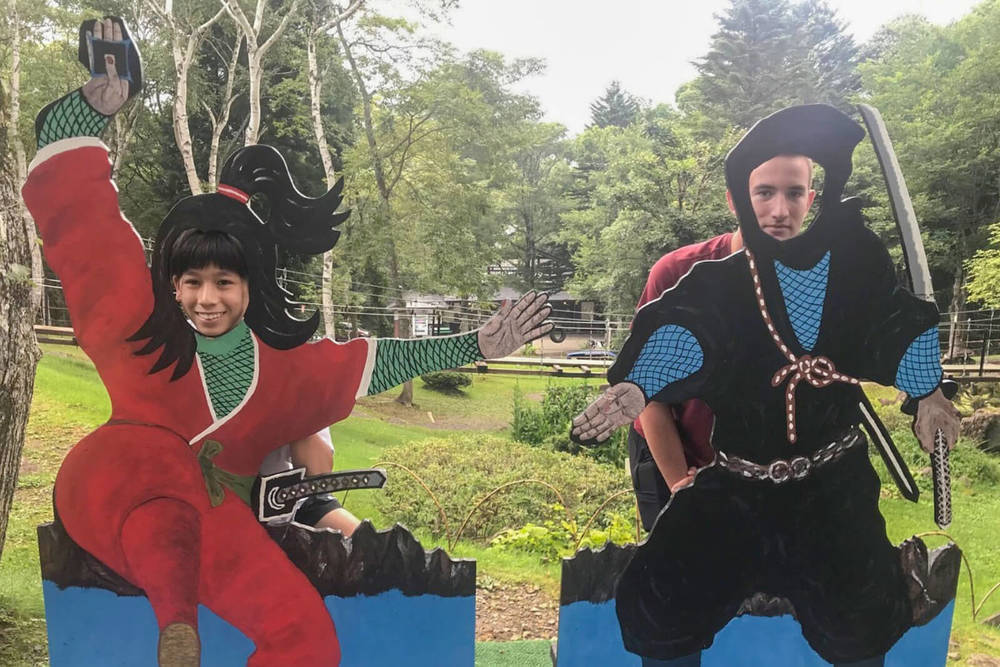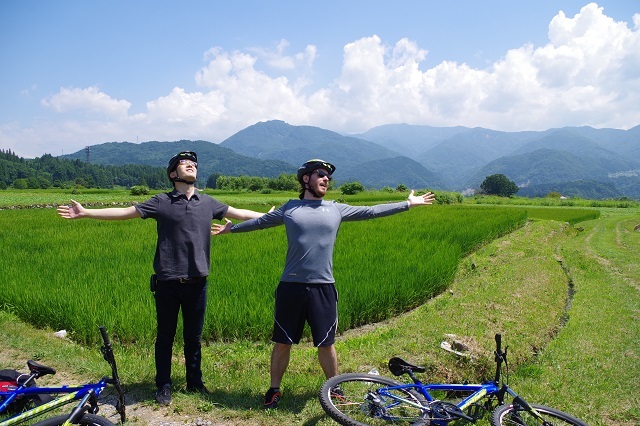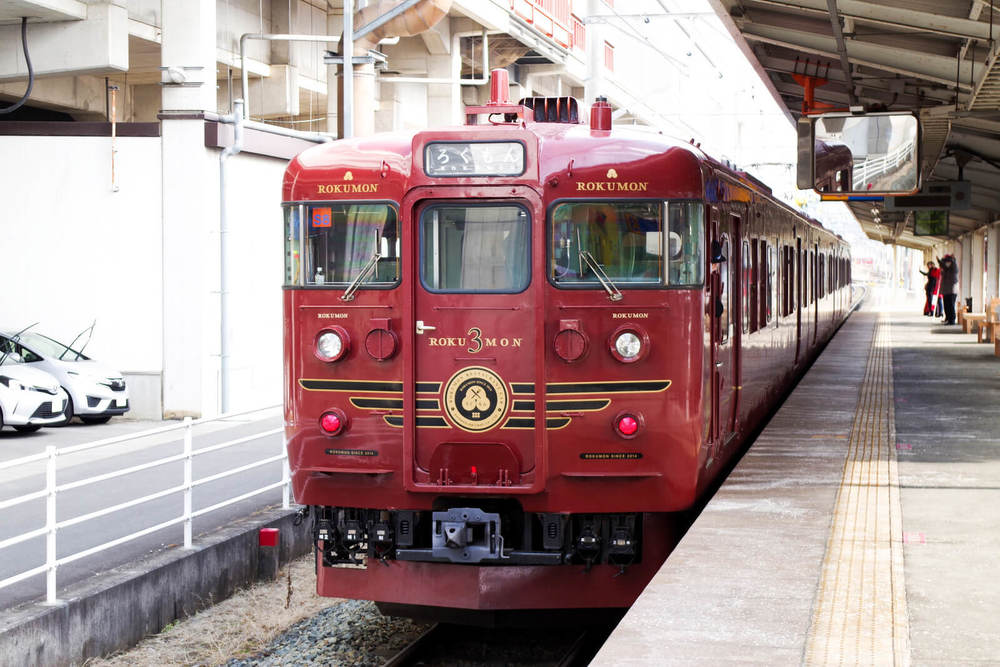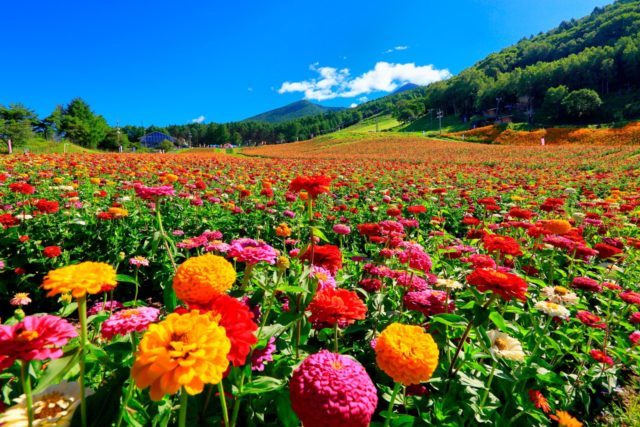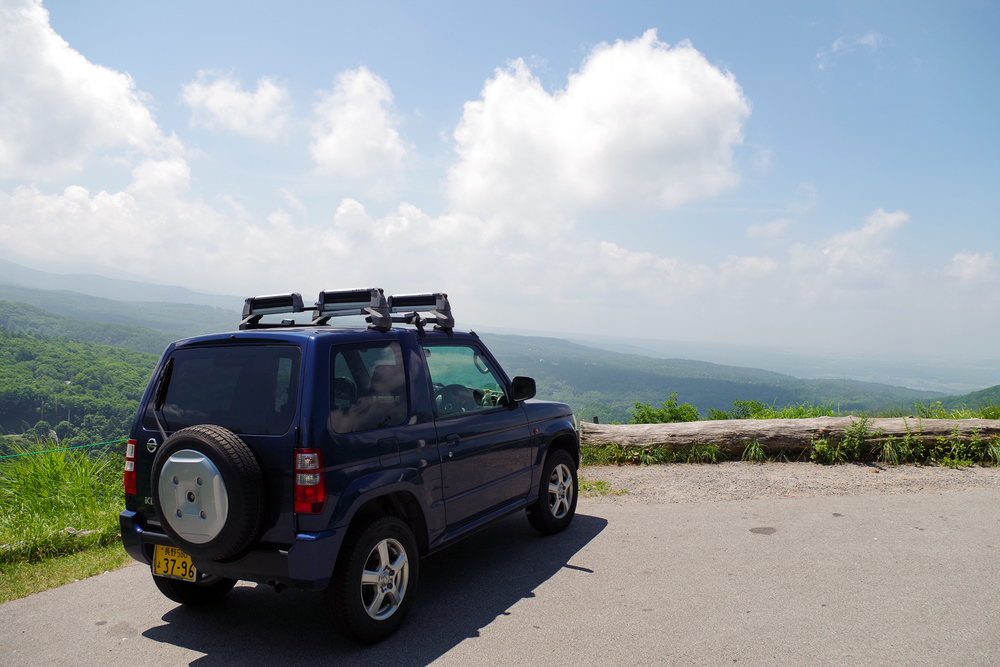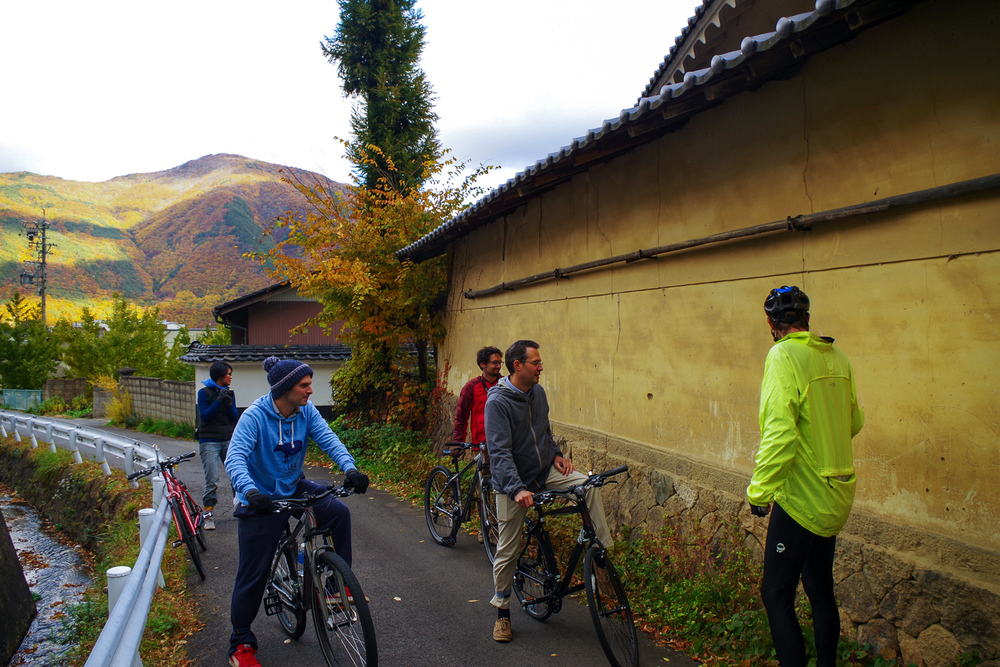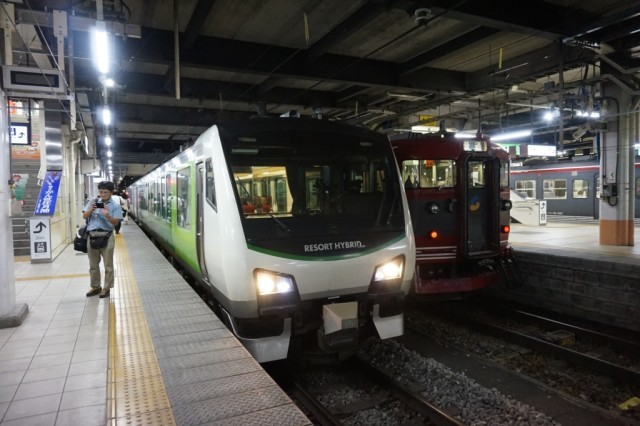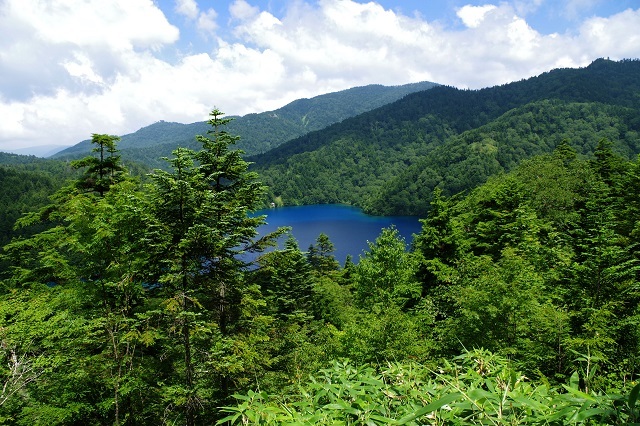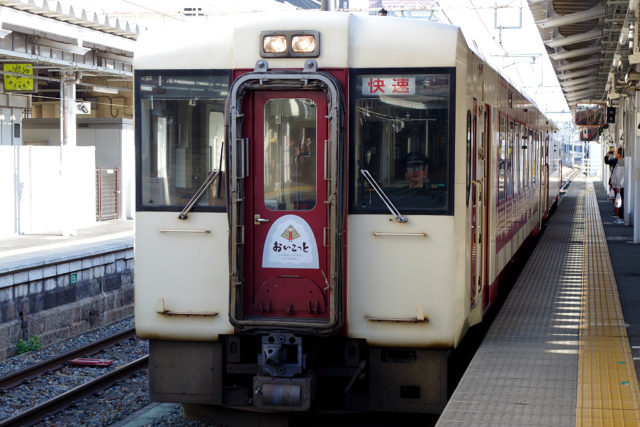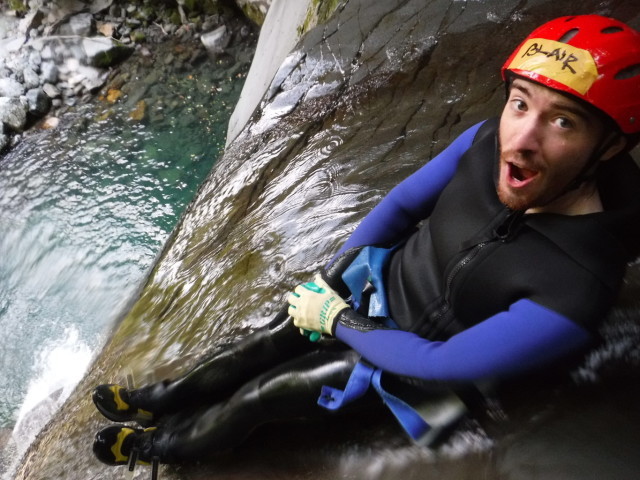Two Days of Driving Around the Roof of Japan

Take a trip along the Venus Line, one of Nagano's most picturesque highland drives.
Surrounded by the 3,000-meter-high mountains of the Japanese Alps, Nagano Prefecture is called “the Roof of Japan.” Its gorgeous alpine scenery and breezy highlands attract visitors year-round.
In Central Nagano, several highland areas extend from the base of the Yatsugatake mountains past Lake Suwa towards Matsumoto. Ranging in heights from 1,400 to 2,200 meters, the lofty plains here have panoramic views of the Northern, Central and Southern Alps. They’re the perfect place to escape the summer heat and enjoy a scenic drive. On these roads, you’re at eye level with the clouds—like you’re driving through the sky.
Chino City is at the entrance to these highlands. Starting here, you can enjoy beautiful drives on the Roof of Japan while seeing some of the area’s own unique history. A short two-day trip around the area is a great escape from the city, or as another leg on a longer journey around Japan.
Day 1: Chino and the Merchen Highway
On your first day, take a train to Chino Station and rent a car from one of the many agencies nearby (see car rental agencies in Nagano here). The start of the Venus Line is less than a kilometer from here, and a little farther up the road is the Merchen Highway.
From the station, take the Merchen Highway for about 50 minutes up to Shirakoma Pond.
Shirakoma Pond

At the top of Mugikusa Pass of Yatsugatake, Shirakoma Pond sits amidst beautiful forests covered in over 400 species of moss. The forest floor, fallen trees and rocks are carpeted in a rich green. It looks like something straight out of Ghibli’s “Princess Mononoke,” and even one of the woods here is named after the film. Its high altitude—2,115 meters above sea level—makes it a cool place to pass the time even during the hottest days of summer.
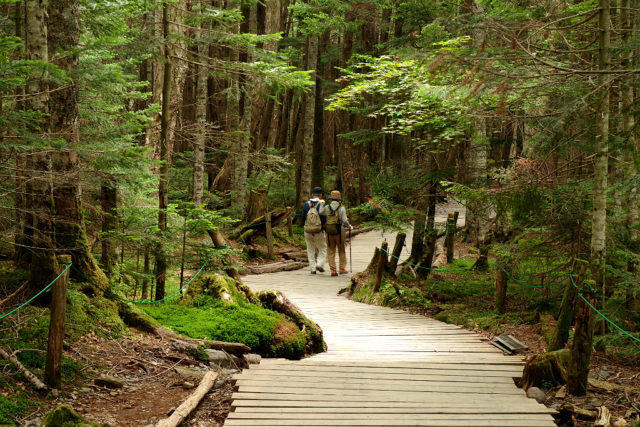
The walk to the pond is just 15 minutes from the parking lot through mossy forest. You can stroll around the pond in another 40 minutes and stop for a bite or coffee at one several mountain huts on the shore. Several trails radiate out from the pond leading to other campsites. For a great view of the pond from above, taking the 45-minute trek to Takamiishi is highly recommended.
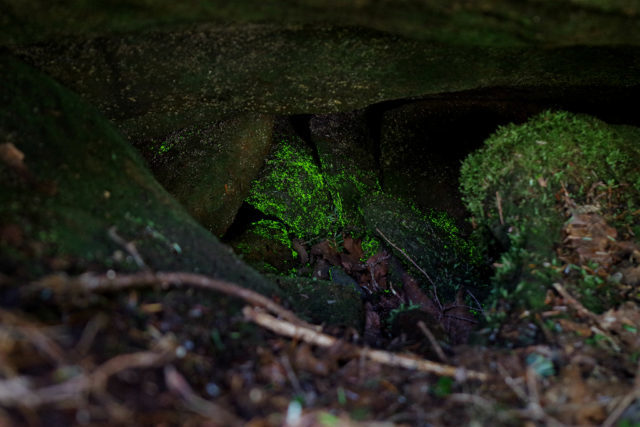
We may not be able to discern many of the different types of moss in the forest, but there are some cool ones that stand out. With moss, what it grows on is often more important than the shape of the plant itself. I saw many different mosses of all shapes growing on the ground, on living and dead trees, and hidden in cracks in rocks. If you’re lucky, you may also be able to see bioluminescent moss as well!
Togariishi Museum of Jomon Archeology
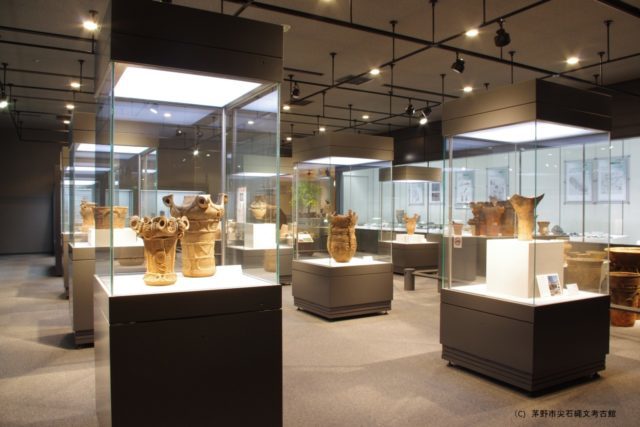
Next stop is the the Togariishi Museum of Jomon Archaeology. It is located on the Togariishi settlement where Jomon people lived over 5,000 years ago. At that time, the highland areas around Chino were home to as many as 1,000 unique Jomon settlements. Experts believe that the cooler weather and the abundance of obsidian, a precious commodity, made the Kirigamine Highlands and foothills of Yatsugatake an attractive place to settle.
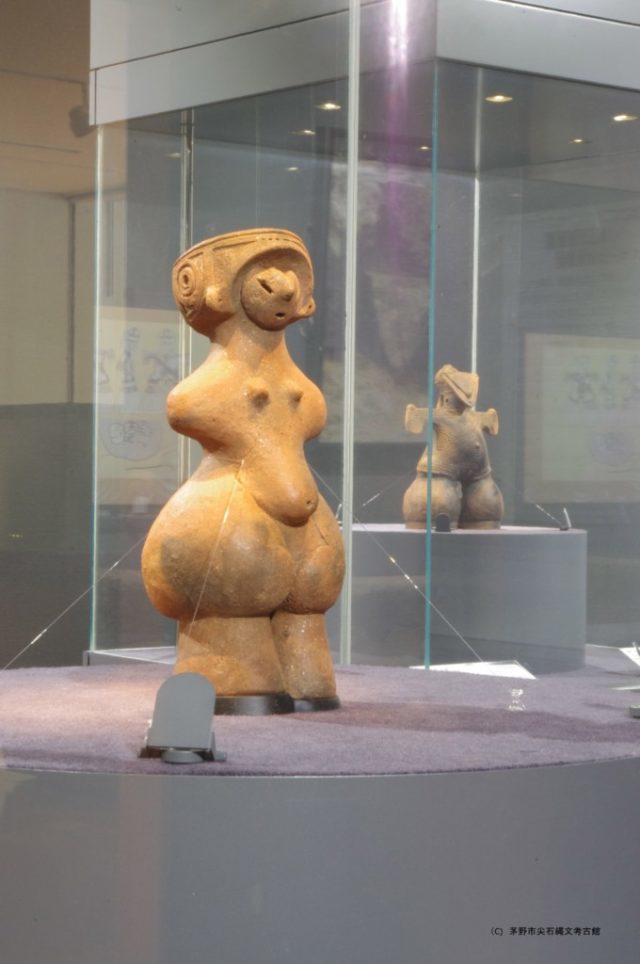
The museum has an extensive collection of Jomon pottery and clay figurines, including the “Jomon no Venus,” a National Treasure and the most exquisitive example of Jomon figurines found to-date.
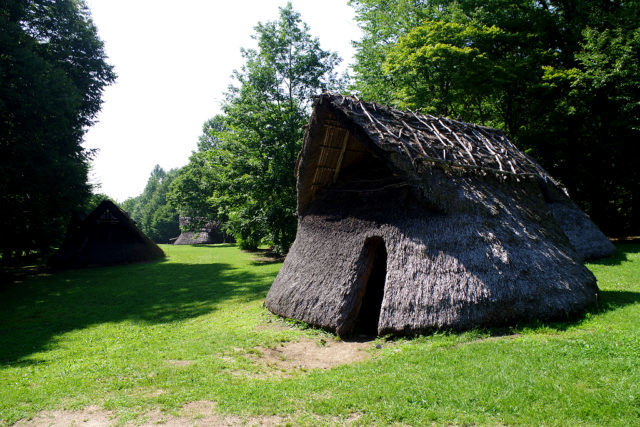
Visitors may be surprised to find many of the organic, coiled patterns of the pottery strangely familiar. While little regard was given to the Jomon period and culture for much of the 20th century, its aesthetics have increasingly influenced Japanese art and pop culture. Comics and video games have paid homage to the shapes of the Jomon figurines and patterns of Jomon pottery, like the most recent installation in the Legend of Zelda franchise.
The Works of Terunobu Fujimori
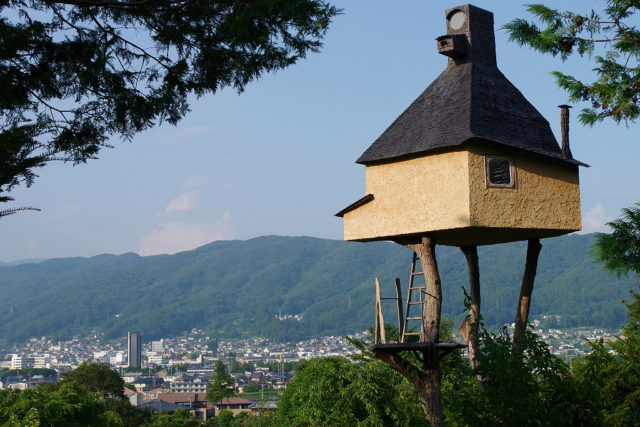
For the architecture enthusiast with interest in Japanese design and a sense of humor, Terunobu Fujimori’s buildings are a delight. They incorporate traditional materials that harken back to ancient Japan, even as far back as the Jomon Period, while staying light-hearted. The architect has built several museums and homes, and some of his first works can be seen in Chino City, including the Moriya Shiryokan Musem and several tea houses.
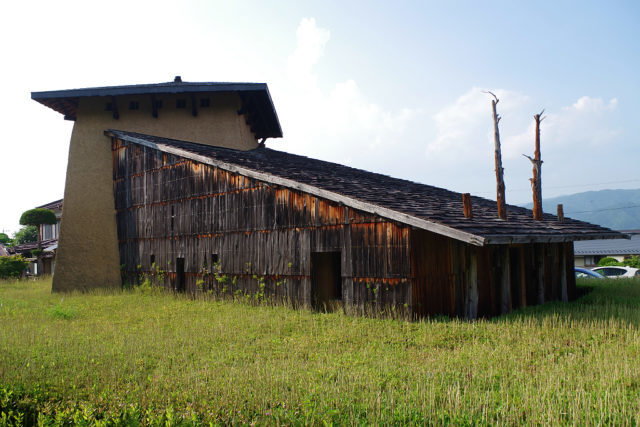
The Moriya Shiryokan is a repository, housing documents related to the history of Suwa Taisha, one of Nagano’s most venerable shrines. Entrance to the repository is 100 yen, and it has a few small exhibits inside. For such a small fee, it is worth entering just to see the interior of the building itself, like the stairway that leads to an indoor drawbridge on the second floor.
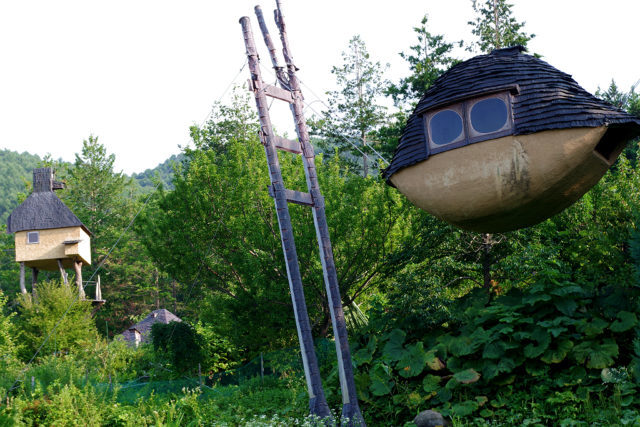
Behind the museum is a small path that weaves through a few small fields up the hill towards a spot of land where Mr. Fujimori’s teahouses lie. They are called Soratobu-bune (Flying Boat), Takasugi-an (Too Tall Teahouse), and Hikusugi-an (Too Small Teahouse). From the names themselves it is easy to see that his creations are not your typical architectural fare.
Spend the Night in Tateshina Onsen

Heading back towards the Venus Line and Merchen Highway, stop in Tateshina Onsen to spend the night. There are a number of great hotels and inns here. Tateshina Grand Hotel Taki no Yu is just off the Venus Line and very close to the Kitayatsugatake Ropeway, making it a perfect place to spend the night. Its hot springs, facilities, and buffet meals are the cherry on top.
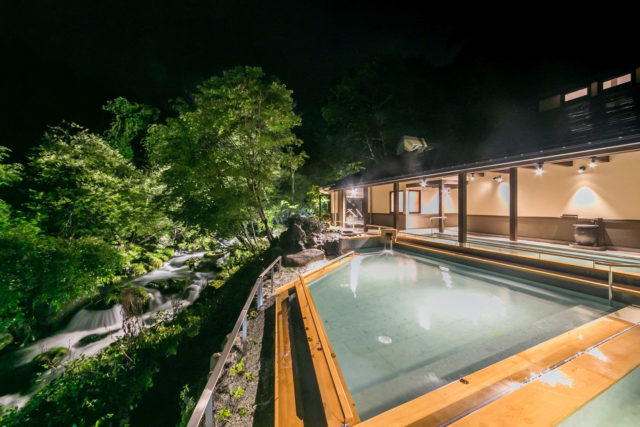
From the sound of the river that runs through the hotel, you can tell that the area is abundant in water. The hotel has several hot springs here to enjoy, whether you’re staying the night or just visiting for the day. There are two outdoor baths, one tiered bath with majestic views of the gorge, and another more intimate space with views of trees and flowers. There are also indoor baths and private baths for families or couples. (See below for day-use hours.)
Its dinner and breakfast buffets include a variety of Japanese and Western options, from roast beef and pizza to sushi and udon. In addition to being able to eat to your heart’s content, you can also choose what you like. Even the fussiest of eaters will be able to find something that they like here, and those adventurous ones can try plenty of Japanese traditional dishes.
Day 2: The Venus Line
The Venus Line connects Nagano’s central highland areas and enjoys amazing panoramic views of the surrounding area. Traveling at altitudes between 1,400 to 2,000 meters, you drive across vistas that seem to float in the clouds. The road cuts through Tateshina Onsen, heading towards Kirigamine Kogen and Lake Shirakaba. Just a 7-minute drive from the hotel is our next stop, the Kita-Yatsugatake Ropeway.
Kita-Yatsugatake Ropeway

The Kita-Yatsugatake Ropeway travels up the Yatsugatake mountains to a 2,237-meter-high plateau. Beyond the ropeway station is an otherworldly garden of igneous rock and windswept pines surrounded by the peaks of the Yatsugatake mountains. Trails wind through the plateau’s garden and continue to the summits of nearby Mts. Yokodake and Shimakare. Even in the hottest days of summer, the weather here is cool.
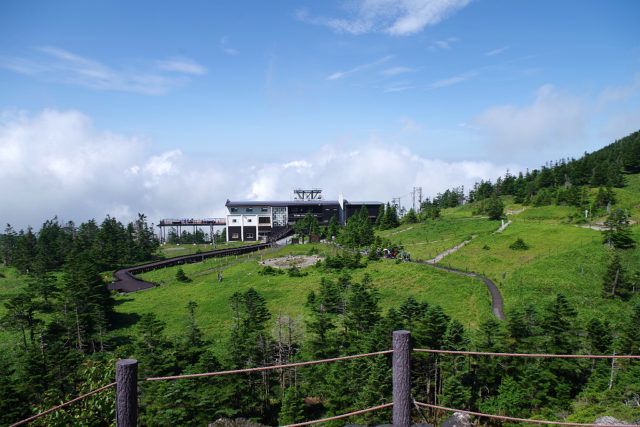

Here you can see a phenomenon called shimakare in Japanese, or fir waves in English. Looking at the mountainside, stripes of dead trees cut a swath through the forest. Over many years, these stripes move up the mountain as trees exposed to the wind begin to wither and new trees grow behind them.

Back at the station there’s a café and an observation deck. From the observation deck, you can see all three ranges of the Japanese Alps and the rest of the peaks of Yatsugatake. Have a coffee and a treat like daifuku or soft serve made with mountain cranberries.
The Venus Line
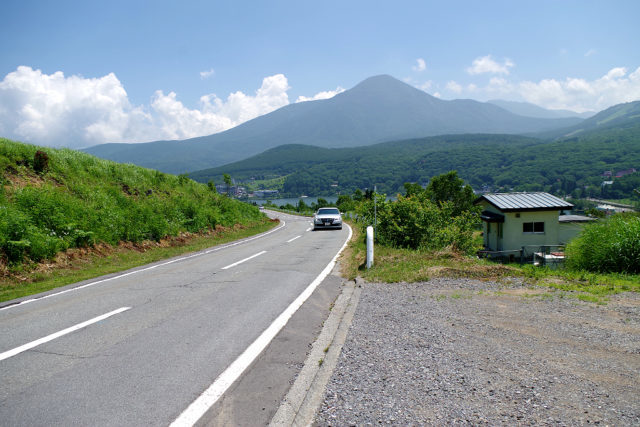
After leaving the Kita-Yatsugatake Ropeway, continue up the mountain towards Lake Shirakaba. The Ikenotaira Hotel and Resort can be found here, offering many activities for families, from small amusement parks to water slides and petting zoos. Those who are just passing through can stop by an overlook just above the lake to enjoy the view.
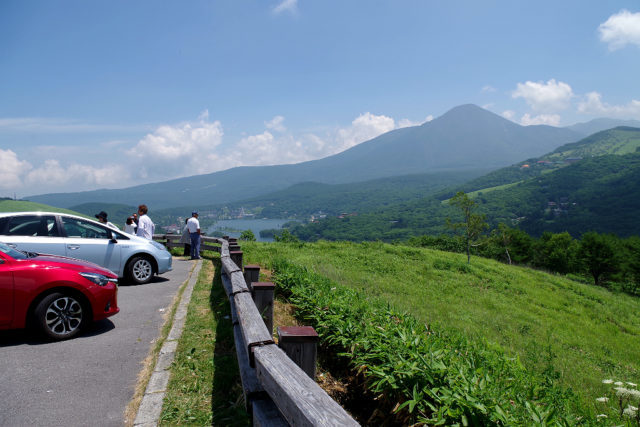
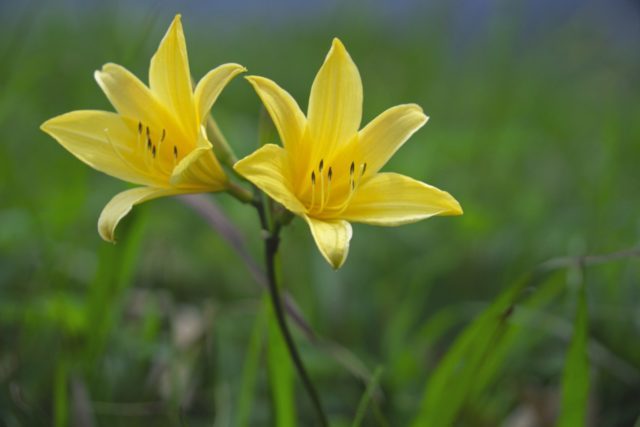
Next stop is Kirigamine Kogen. In summer, bright yellow day lilies carpet the grasslands and during autumn silver cattails sway gently in the breeze. You can stop at the Chaplin Restaurant to see fields of them up close. Or, head to Yashima Shitsugen and walk along trails through the marshlands with day lilies, irises, thistles and more.
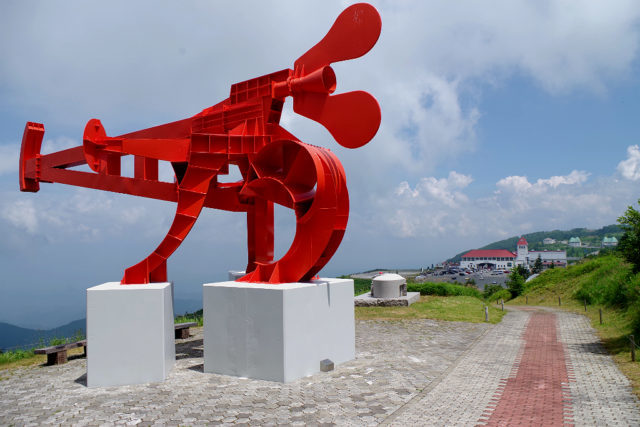
At the Matsumoto end of the Venus Line is the Utsukushigara Open-air Art Museum. 350 sculptures dot the grassy hillside, overlooking expansive mountain scenery. Whether the artworks or the natural vistas are more impressive is for you to decide!
Heading Home or Continuing your Journey
After the Utsukushigahara Open-air Art Museum, head towards Matsumoto or Ueda to return your vehicle (see more about car rental agencies in Nagano). You can continue your journey by visiting Matsumoto Castle, or you can head back to Tokyo using the Super Express Azusa from Matsumoto, or the Hokuriku Shinkansen from Ueda.
Notes
Tateshina Grand Hotel Taki No Yu
Day Use Hot Spring
Hours: 13:00 to 21:00
Reception: 3rd Floor Reception Counter
Price: Adults/1,500 yen, Children/800 yen
Face Towel (purchase) 200 yen
Bath towel (rental) 300 yen
Update:2020/01/17


